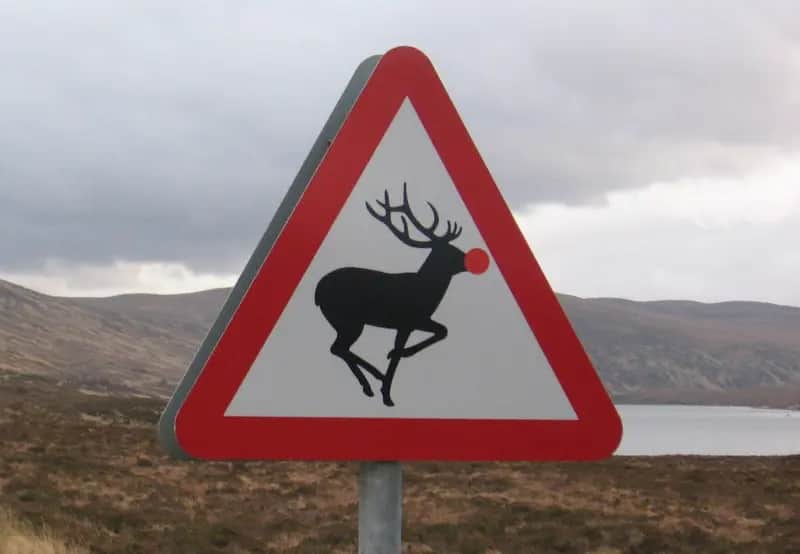BEATING THE POLLAIDH WOBBLES TO REACH A TROUBLESOME SUMMIT

PRETTY POLLAIDH: Looking across the lochan-studded landscape to Stac Pollaidh from the summit of Cul Beag

ROCK HEAVEN: Stac Pollaidh
IT'S hard to think of another Scottish mainland peak which sees such a disproportionate number of summit failures as Stac Pollaidh.
Despite its modest height – it barely scrapes over the 2,000-foot mark – this weathered mini-mountain of weird and wonderfully shaped sandstone towers in the far north-west is a magnet for the serious and the curious alike.
The car park is often filled to overflowing and the paths and lower slopes swarming with walkers of every level and ability, from those carrying ropes and slings to tourists in shorts and flip-flops.
The central saddle is a magnificent viewpoint over a lochan-studded mountain landscape filled with distinctive shapes in every direction, and the number who decide to venture higher up the ridge from here is drastically reduced. And among those who do clamber and scramble their way through the bizarre rock sculpture, only a handful ever make it to the true summit. This is a hill with a real sting in the tail.
Blocking progress to the final ascent is one last formidable rock tower, all sloping ledges and less-than-reassuring holds, huge drops on both sides. A slip here would have serious consequences. This is the point where many decide the summit is simply outwith their reach and retreat.
No wonder Stac Pollaidh's main top is regarded by many as the most technically difficult summit on the mainland. Only The Cobbler could be considered a possible rival. Most of the more serious Munro summits, such as those on the Aonach Eagach, for instance, can be reached by alternative means. Not this one. The route description for Stac Pollaidh on the Walkhighlands website drives home the seriousness of the situation, unusually terminating the walk at the final tower.
There are some who will have no qualms about taking this rocky barrier head on without a rope, but for most, it is a serious test of nerve. I was most impressed to see a friend had managed this feat last weekend. But although she was roped with an experienced climber, she admitted still suffered a dose of the Pollaidh wobbles, finding the initial step-up difficult and intimidating.
There is one other option, an awkward squirm up the rock face on the left-hand side of the tower but even though is slightly easier, and more importantly, better protected, it is still not for the faint-hearted.
This was the way I reached the summit. We went up on a damp day with limited visibility, rocky beasts looming out of the mist at every turn, so any thoughts of tackling the final tower were quickly discarded. The sandstone here is especially unsettling when wet, and there's a lot of slipping and sliding in and around loose gullies.
Previous visits had been in warm, dry conditions when we could experiment on various parts of the ridge, the route-finding clear and concise, plenty of suck-it-and-see options without the fear of ending up stuck between a rock and an extremely hard place.
Eight had walked up to the central saddle, four chose to stop there and enjoy the views and four went on. As we rose into mistier conditions and the route onward became more unpredictable, two more made the sensible decision to call it a day leaving just myself and Andy to press on. We were passed at one point in a steep gully by a man and his dog, a hill runner on his second ascent of the hill that day. We would meet him again later on his third pass.
The final obstacle appeared from the gloom before too long, the soft, sandy path coming to an abrupt halt under its looming presence. Rucksacks off, we slipped down left to the side entrance, got wedged into the gap between a large, sloping boulder and an overhang and then squirmed up the greasy rock to reach a small platform. From here it was an easy pull-up to the crest and then the summit cairn.
We got glimpses of the landscape through swirling rings of grey but it seemed the clouds were treating us with kid gloves, refusing to reveal the precipitous nature of the walls surrounding our position.
It had felt secure and safe on ascent but we were more aware of the situation on the way down. Suddenly that little platform felt even smaller, there was less room to manoeuvre, and we were staring down into the grey void.
We had to do a careful pirouette and then, facing in, lower ourselves down on to the boulder. From there it was both delicate and clumsy, a reverse squirm letting friction take us down to solid ground.
There were still a few route-finding puzzles to solve as we descended into the gloom again to the saddle but trial and error eventually allowed an acceptable passage. The tower block could wait for another day.

